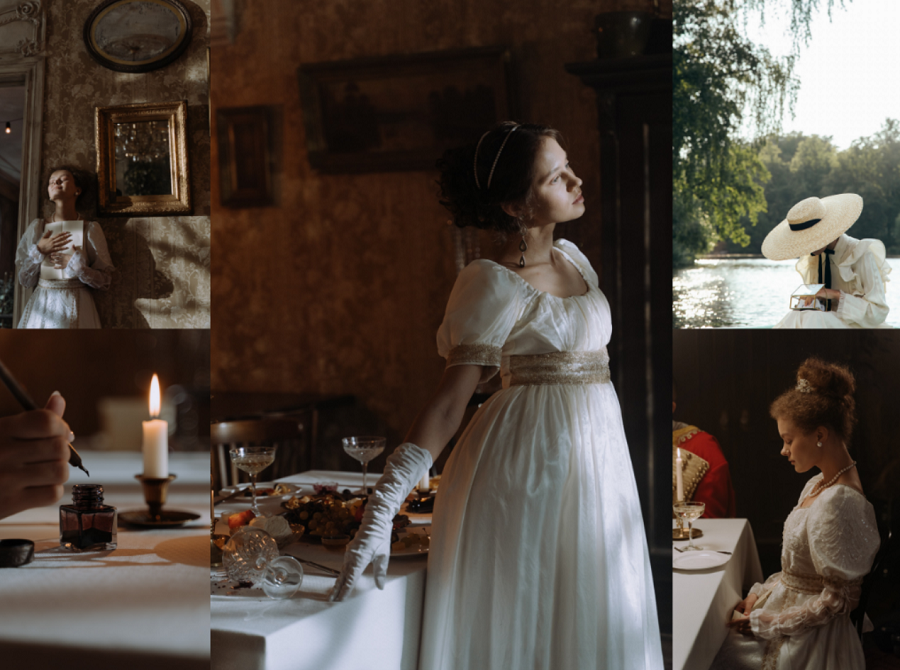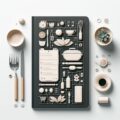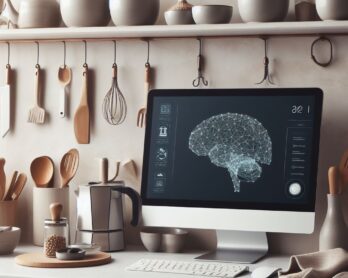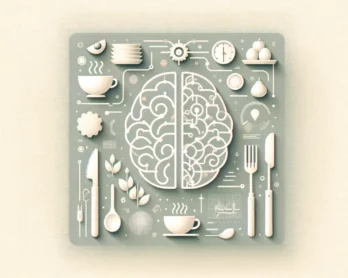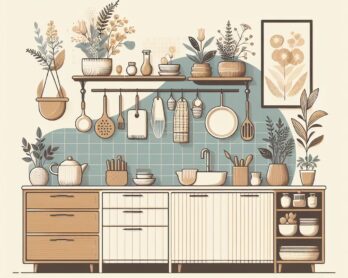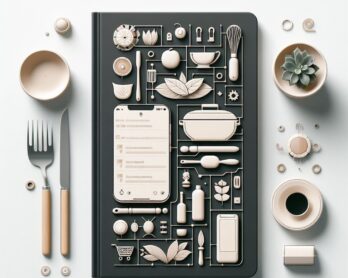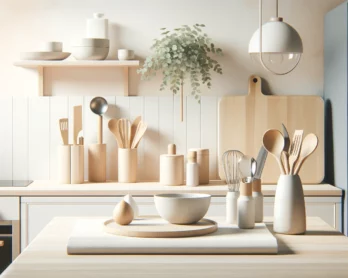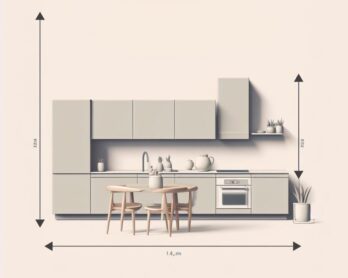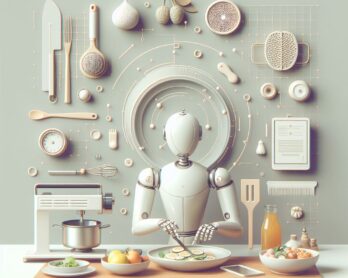The Regency Period in England was the short period between 1800 – 1825, the Victorian period came much later. During this time period in the kitchens of stately homes, wood replaced coal as fuel. The open-hearth was replaced by an enclosed cast iron kitchen range. This made it far easier to cook, simmer and boil water and food in flat bottomed pots. In very big and grand kitchens such as the one installed in the Marine Pavilion in 1817, people used both ranges and open fires.
Antique kitchen utensils would have consisted of a vast array of copper pots and bronze cauldrons. A huge scrubbed kitchen table on which to work, various pottery bowls. As well as small kitchen items such as salt boxes, butter stamps (to decorate pats of butter), spice holders, graters, etc.
Food Supplies for the Victorian Kitchen
Kitchens in the Victorian and Regency periods would have been supplied from an estate itself. Most stately homes had a kitchen garden. Which may even have been walled in to keep the cold winds out. The fresh fare came from the dairy. Meat would come from the slaughterhouse or smokehouse.
There would have been a dairymaid churning butter and milking cows. There might have been a bakehouse and a brewery for very wealthy estate owners. Bottling, preserving, pickling, and smoking were activities frenetically performed by kitchen staff. The summer months were in preparation for the long, cold winters.
What did Victorian and Regency Kitchens Look Like?
The kitchen would have been very spacious and lofty. Were with an enormous amount of dressers and open shelving lining the walls. Where gleaming copper pots of all sizes and kitchen cookware were displayed.
A lot of these antique kitchen utensils can still be found today in antique shops and vintage era stores and some are still in use today.
The floor was generally stone-flagged and the ceiling was hung with hams and bunches of herbs. Crates of bread to keep them out of reach of rats or mice. Since masters and mistresses were very demanding, a day’s work for cooks and kitchen maids was long and physically exhausting.
What was Food Like During the Regency Period?
Food and its presentation became far more elaborate during this period. Regency dinners were opportunities for extravagant displays, creatively presented. Most large kitchens had plenty of ingenious kitchen utensils such as molds which were used for a wide range of foods – mashed potatoes, pies, and jellies in addition to the usual roast meats and poultry dishes. Other antique kitchen utensils such as meat cleavers, knives, ceramic serving dishes, and antique earthenware mixing bowls were indispensable kitchen items.
Regency extravagance was not extended to the domestic servants who had to economize and save even dripping fat for items such as candles.
The famous authoress Jane Austen, in her writings, set her novels during the Regency Period and her books such as Pride and Prejudice contain fascinating glimpses into the extravagant life of those years. Not much was written about the kitchen or servants in general but the novels allude to the grandeur of the estates of the wealthy upper classes.
Traditional European Kitchen Design
Image sources |
|---|

